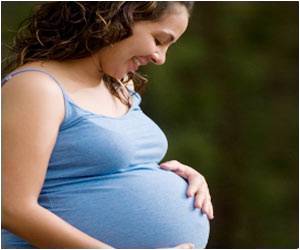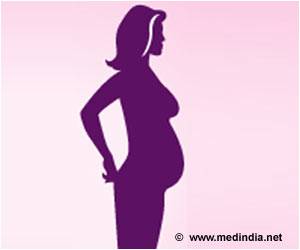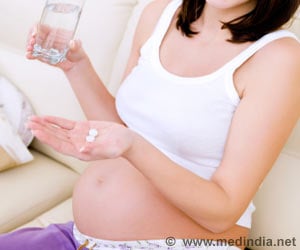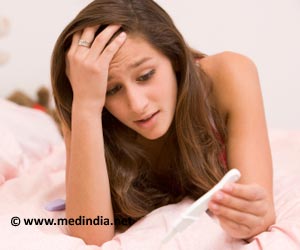Fetal cells have been associated with both protection and increased susceptibility to a range of afflictions, including cancer and autoimmune diseases.

"Fetal cells can act as stem cells and develop into epithelial cells, specialized heart cells, liver cells and so forth," said study lead author Amy Boddy, researcher at Arizona State University in the US.
"This shows they are very dynamic and play a huge role in the maternal body. They can even migrate to the brain and differentiate into neurons," Boddy said.
The presence of fetal cells in maternal tissue is known as fetal microchimerism.
The researchers reviewed the available literature on fetal microchimerism and human health, and found that fetal cells enter a cooperative relationship in some maternal tissues, compete for resources in other tissues and may exist as neutral entities --hitchhikers simply along for the ride.
It is likely that fetal cells play each of these roles at various times, the study said.
Advertisement
This may account in part for higher rates of autoimmunity in women.
Advertisement
In other cases, fetal cells from the placenta are swept through the bloodstream into areas including the lung, where they may persist merely as bystanders.
The findings appeared online in the journal Bioessays.
Source-IANS










